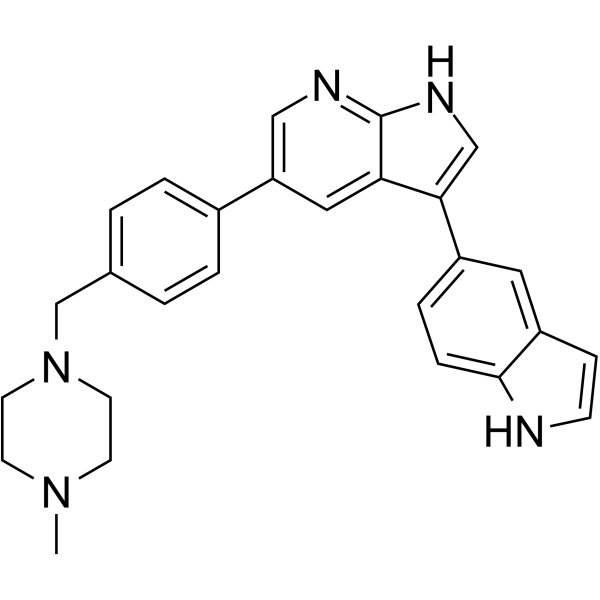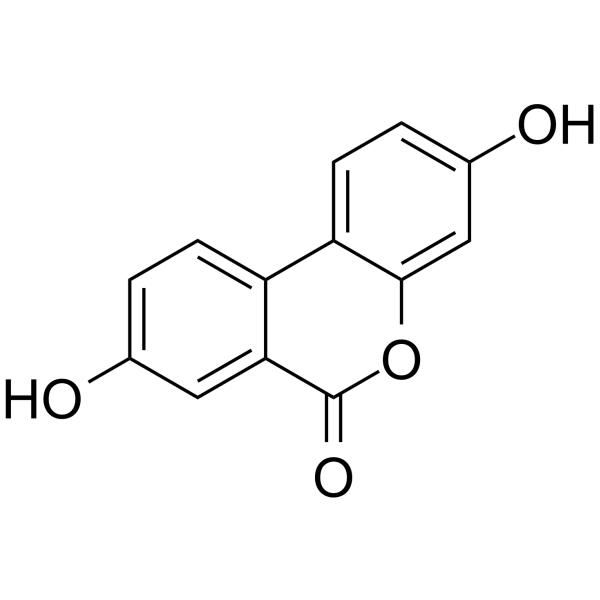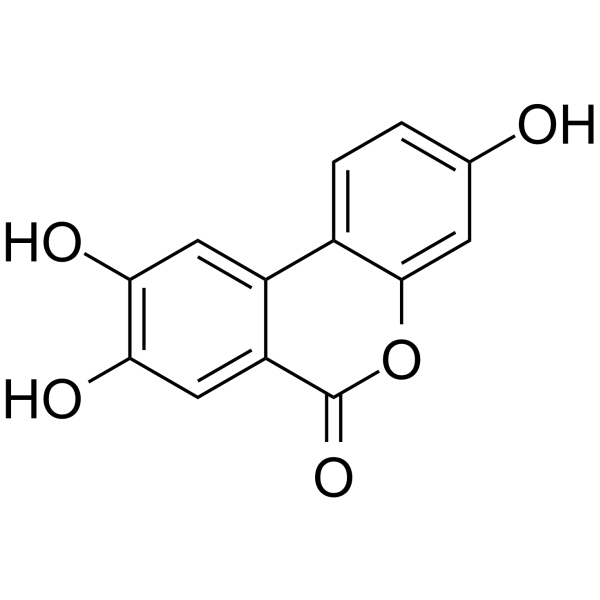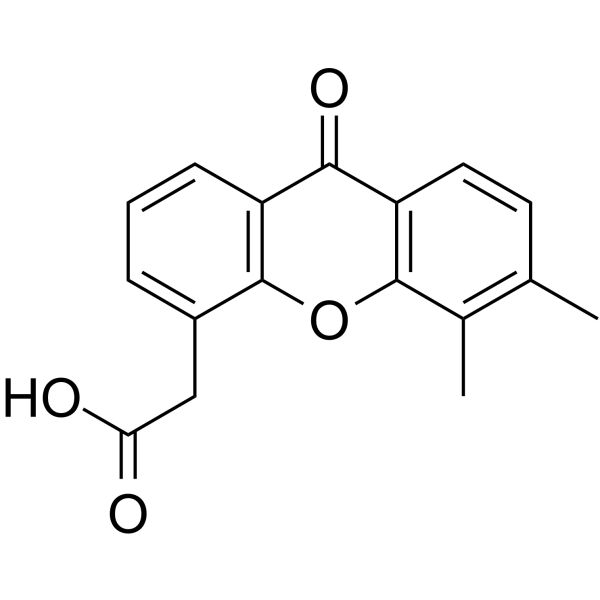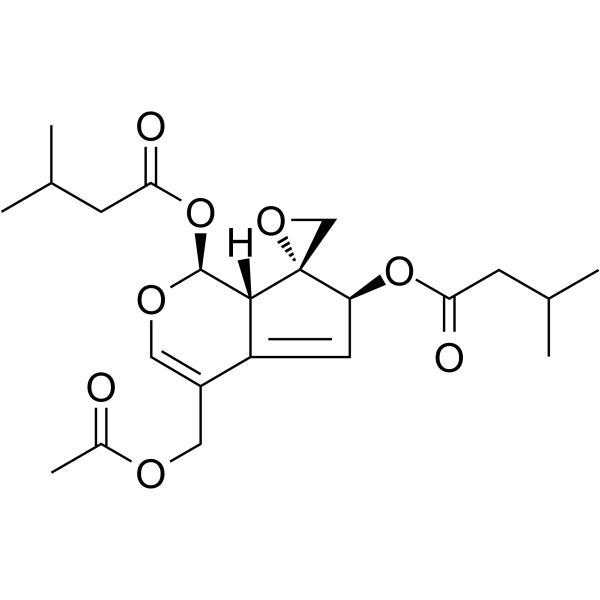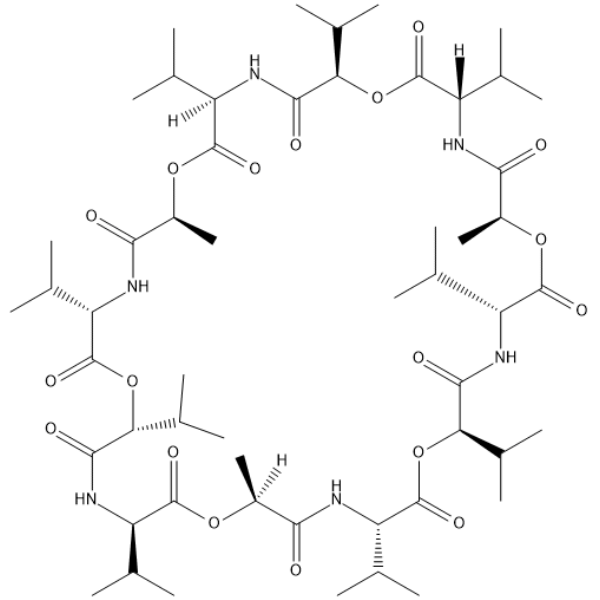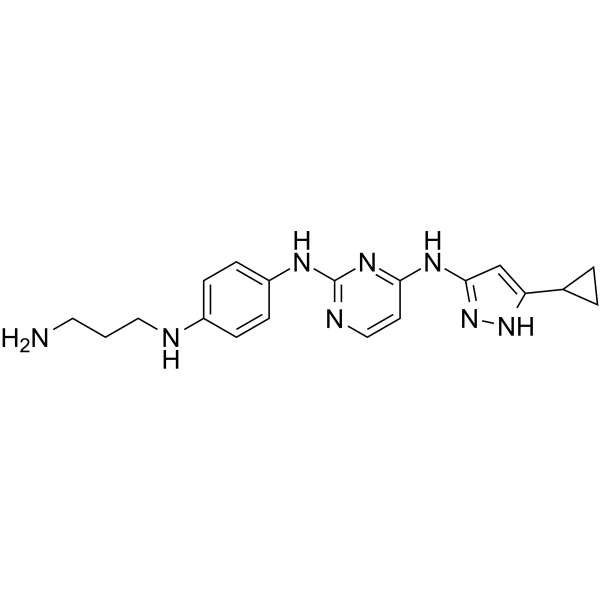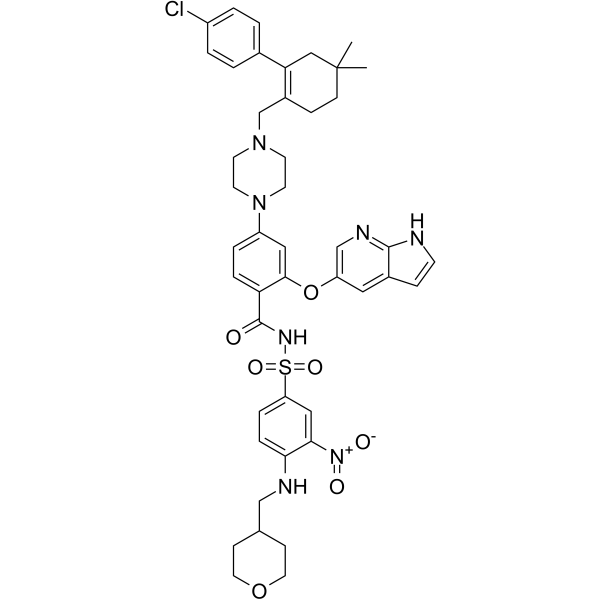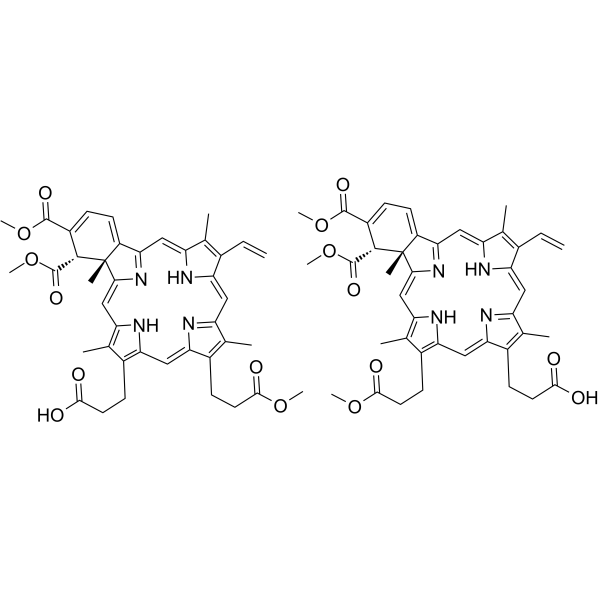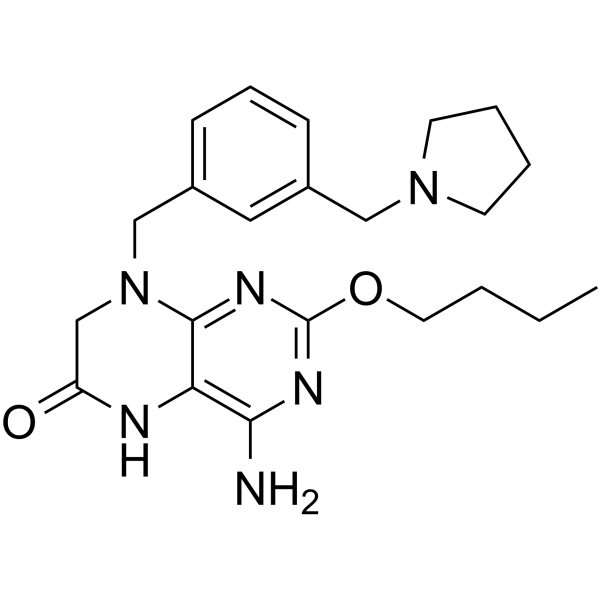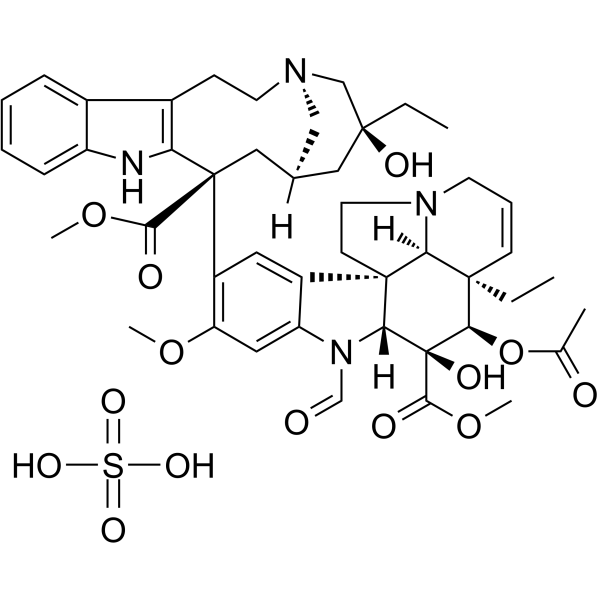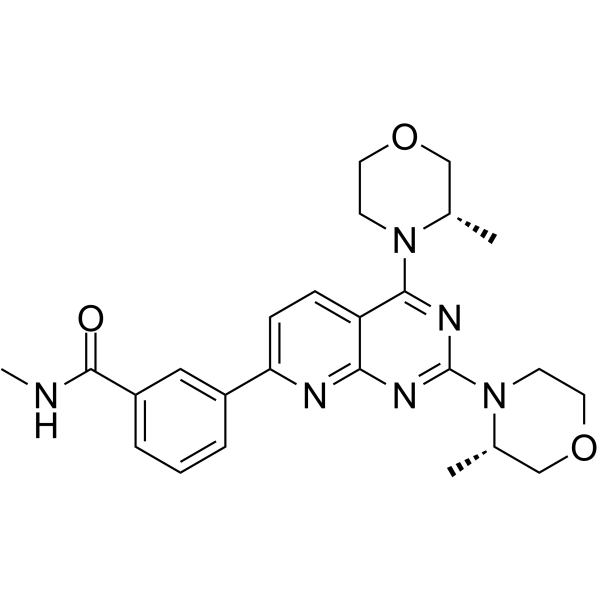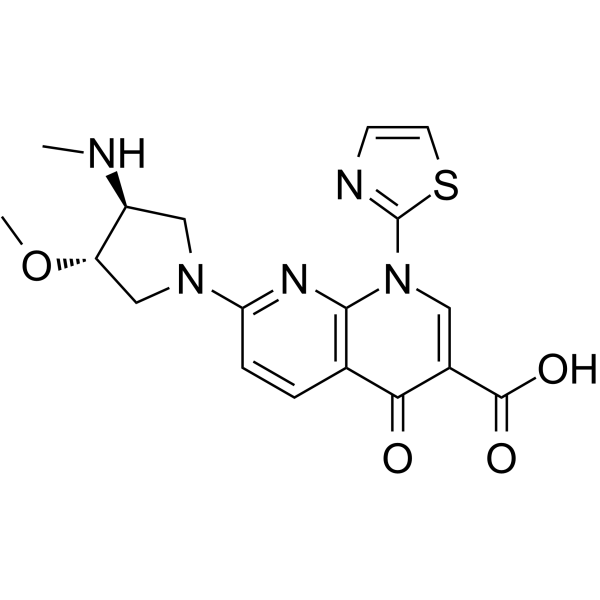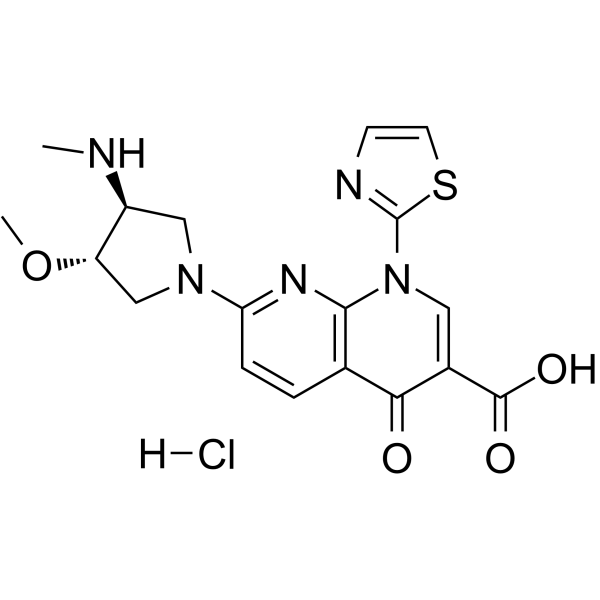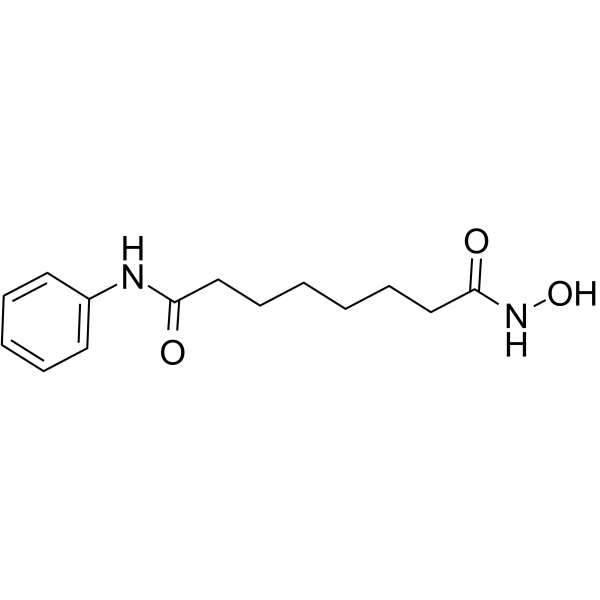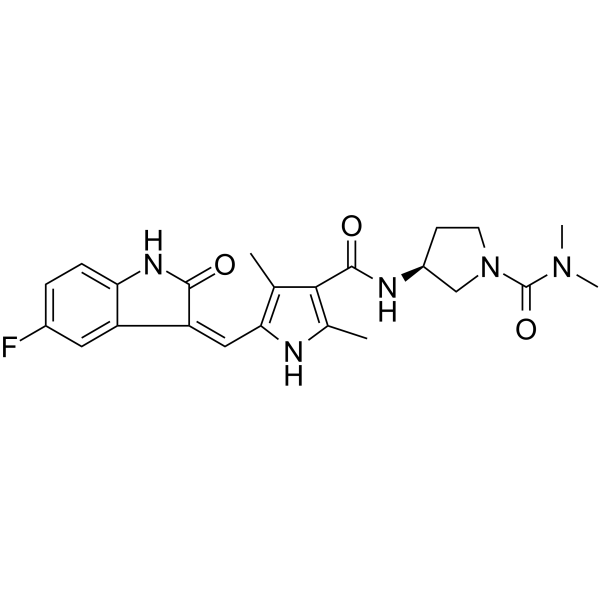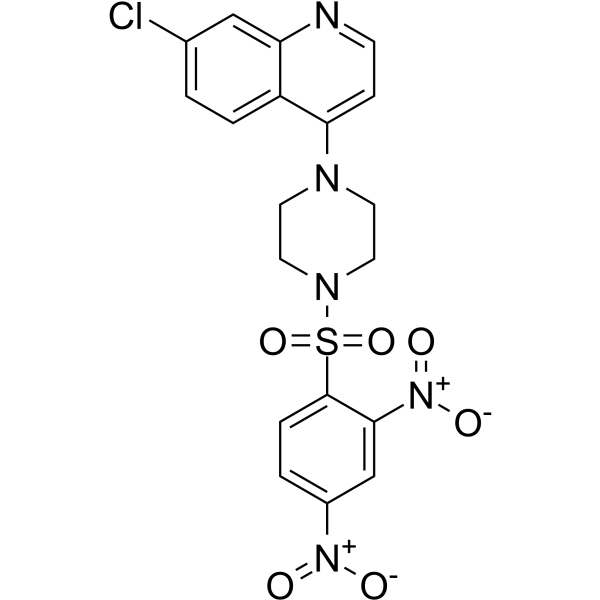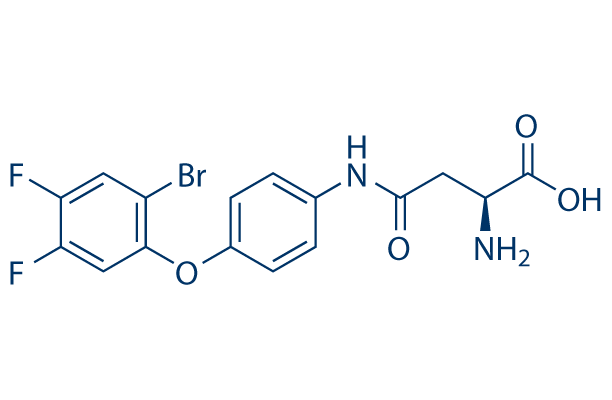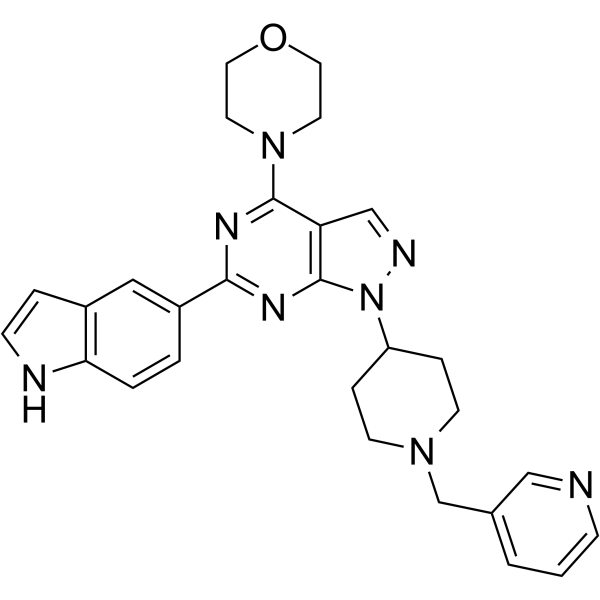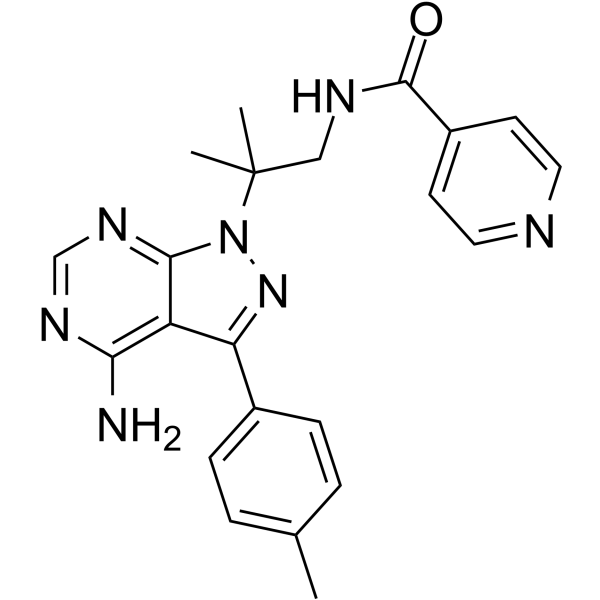|
BP10271
|
URMC-099
|
|
|
|
|
URMC-099 is an orally bioavailable, brain penetrant MLK inhibitor (IC50: 19/42/14/150 nM, for MLK1/MLK2/MLK3/DLK), and also inhibits LRRK2 activity (IC50: 11 nM).
|
|
BP10171
|
Urolithin A
|
|
|
|
|
Urolithin A is a secondary metabolite of ellagic acid, a polyphenolic antioxidant, that has antiproliferative, anti-inflammatory, and anti-oxidant properties.
|
|
BP10715
|
Urolithin C
|
|
|
|
|
Urolithin C is a gut metabolite of ellagic acid. Urolithin C induces apoptosis in PC12 cells through a mitochondria-mediated pathway.
|
|
BP10193
|
Vadimezan
|
|
|
|
|
Vadimezan is a fused tricyclic analogue of flavone acetic acid with potential antineoplastic activity. Vadimezan induces the cytokines tumor necrosis alpha (TNF-alpha), serotonin and nitric oxide, resulting in hemorrhagic necrosis and a decrease in angiogenesis. This agent also stimulates the anti-tumor activity of tumor-associated macrophages.
|
|
BP10823
|
Valepotriate
|
|
|
|
|
Valepotriate fraction can have sedative effects and affect behavioral parameters related to recognition memory. Valepotriates, a new class of cytotoxic and antitumor agents, they are very potent cytotoxic agents for the HTC hepatoma cells. Valepotriates may have a potential anxiolytic effect on the psychic symptoms of anxiety.
|
|
BP10925
|
Valinomycin
|
|
|
|
|
Valinomycin is a cyclic depsipeptide antibiotic and a potassium-specific ionophore.Valinomycin induces PINK1 activation and promotes Parkin phosphorylation at Ser65.
|
|
BP10525
|
VEGFR-2-IN-5
|
|
|
|
|
UNC0064-12 is a patent compound in WO2013055780A1, multikinase inhibitor and has a -NH2 terminal linker for further synthesis.
|
|
BP10306
|
Venetoclax
|
|
|
|
|
ABT-199 is a selective inhibitor of Bcl-2 (Ki < 0.010 nM), binding over 3 orders of magnitude less avidly to Bcl-xL, and Bcl-W (Kis = 48 and 245 nM, respectively).
|
|
BP10345
|
Verteporfin
|
|
|
|
|
Verteporfin, a benzoporphyrin derivative monoacid ring A, can inhibit the activity of YAP.
|
|
BP10267
|
Vesatolimod
|
|
|
|
|
GS-9620 is an effective and specific orally active agonist of Toll-like receptor 7.
|
|
BP10956
|
Vincristine sulfate
|
|
|
|
|
Vincristine binds irreversibly to microtubules (Ki: 85 nM) and spindle proteins in S phase of the cell cycle and interferes with the formation of the mitotic spindle.
|
|
BP10016
|
Vistusertib
|
|
|
|
|
AZD2014 is an orally bioavailable inhibitor of the mammalian target of rapamycin (mTOR) with potential antineoplastic activity.
|
|
BP10766
|
Voreloxin
|
|
|
|
|
Voreloxin is a potent Topoisomerase II inhibitor with broad-spectrum anti-tumor activity. Phase 2.
|
|
BP10767
|
Voreloxin hydrochloride
|
|
|
|
|
Voreloxin hydrochloride is a potent inhibitor of Topoisomerase II with broad-spectrum anti-tumor activity.
|
|
BP10595
|
Vorinostat
|
|
|
|
|
Vorinostat is a pan-inhibitor of Histone Deacetylase with antineoplastic activity (IC50: ~10 nM).
|
|
BP10022
|
Vorolanib
|
|
|
|
|
Vorolanib is an orally active VEGFR/PDGFR dual inhibitor.
|
|
BP10689
|
VR23
|
|
|
|
|
VR23 is a potent proteasome inhibitor. Data shows IC50 =1 nM for trypsin-like proteasomes, IC50=50-100 nM for chymotrypsin-like proteasomes, and IC50=3 μM for caspase-like proteasomes.
|
|
BP10920
|
WAY-311677
|
|
|
|
|
WAY-311677 has potential antiproliferative activity and is a FAK inhibitor.
|
|
BP10096
|
WAY-600
|
|
|
|
|
WAY-600 is a potent, ATP-competitive and selective inhibitor of mTOR with IC50 of 9 nM; blocks mTORC1/P-S6K(T389) and mTORC2/P-AKT(S473) but not P-AKT(T308); selective for mTOR than PI3Kα (>100-fold) and PI3Kγ (>500-fold).
|
|
BP10409
|
WEHI-345
|
|
|
|
|
WEHI-345 is a potent and selective RIPK2 inhibitor which shows NOD signalling events yet prevents inflammatory cytokine production.
|
